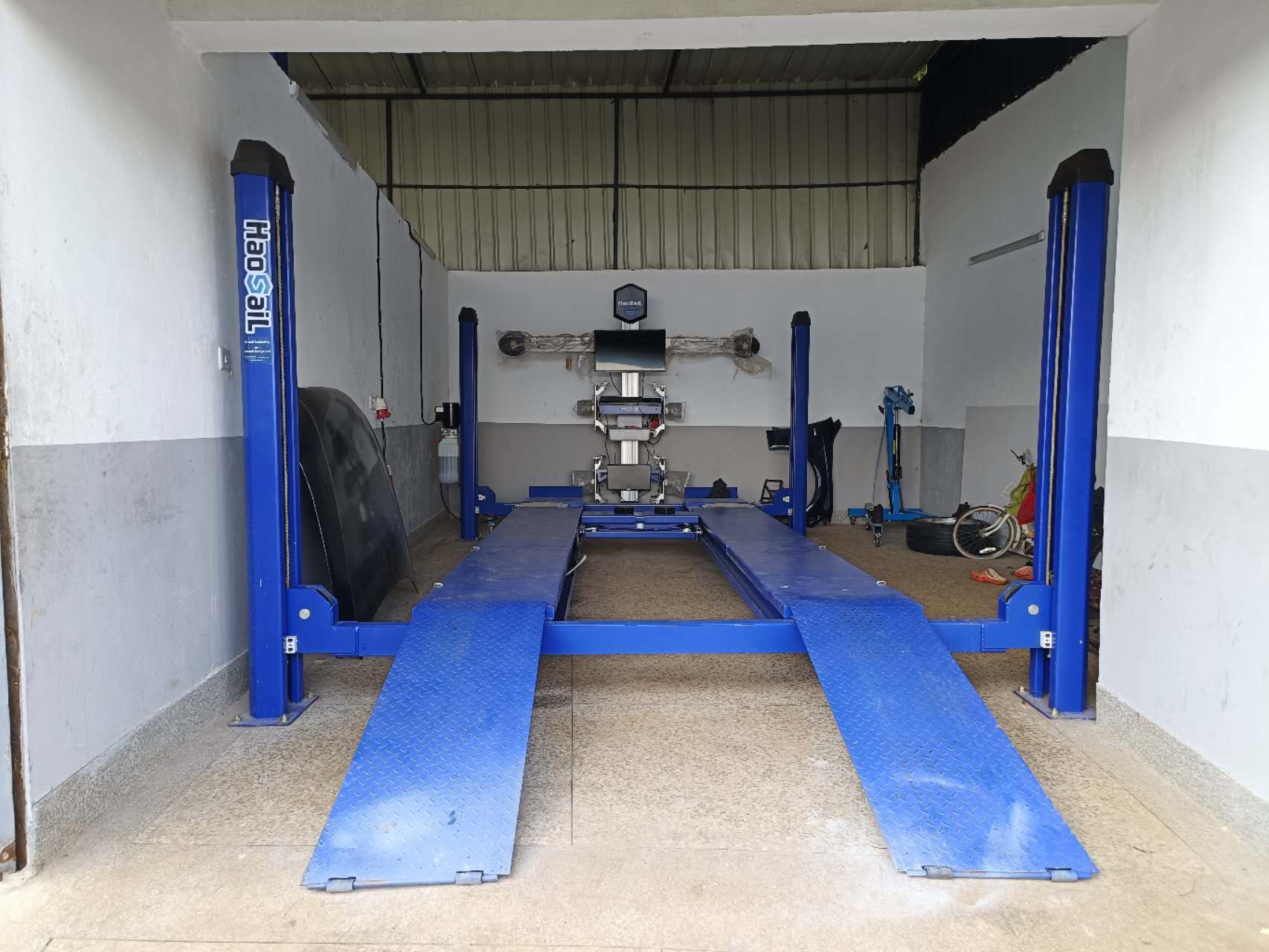
May 29, 2025
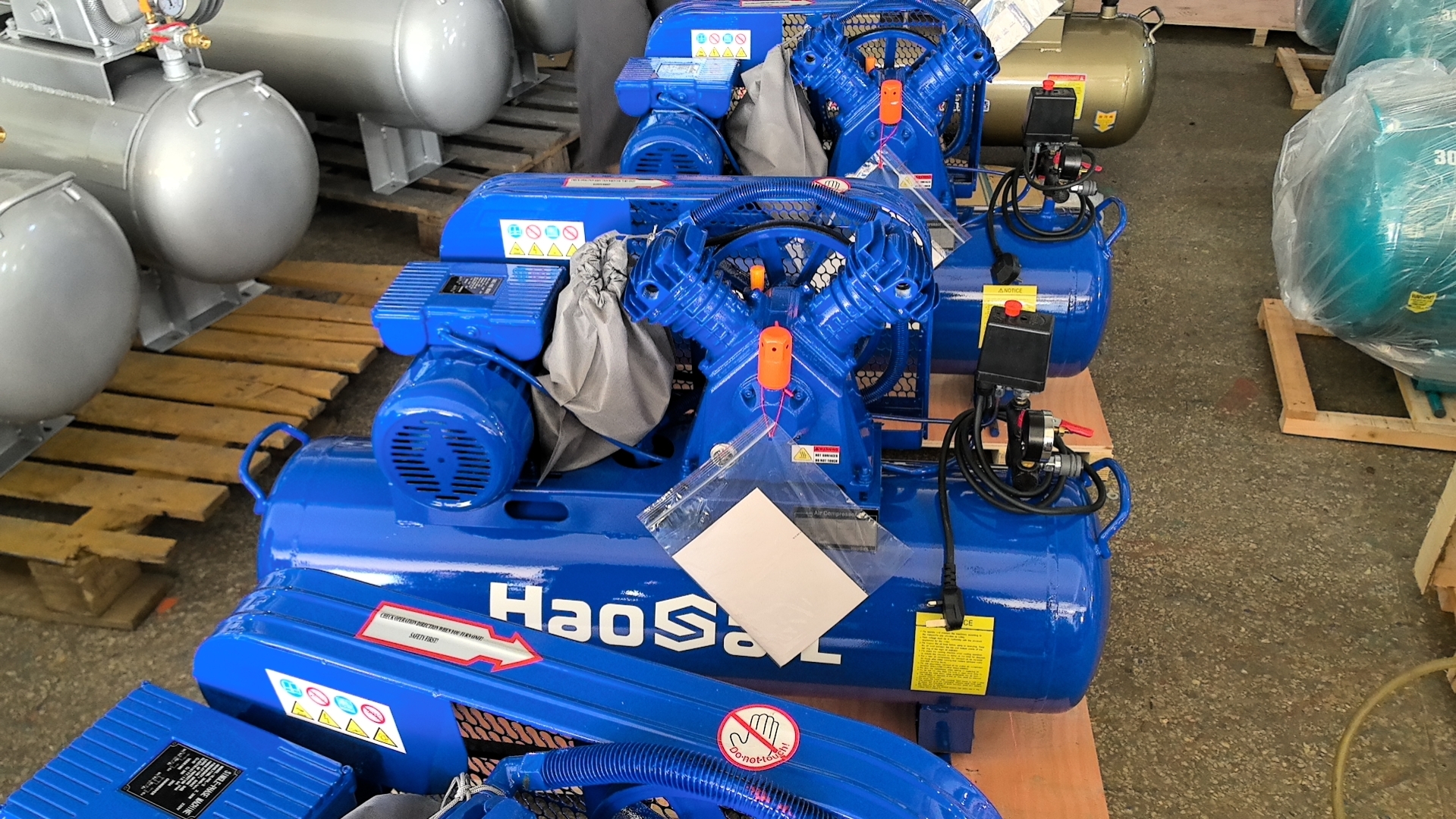
May 27, 2025
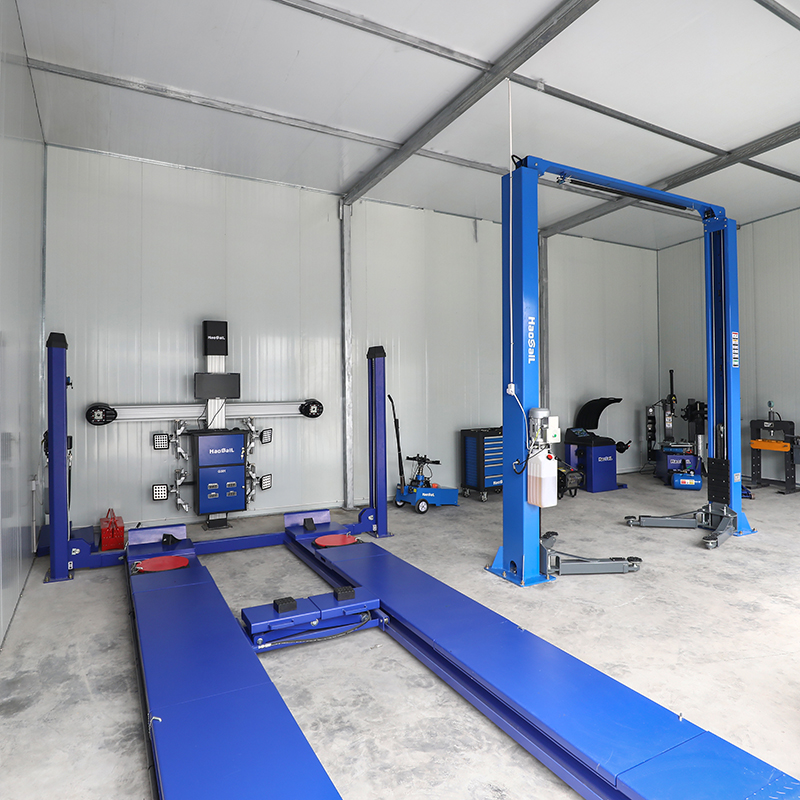
Apr 14, 2025
Apr 07, 2025
B4, Qingdao High-Tech Zone, No. 17 Songyuan Road, Qingdao.
+86 13864822549
Car lifts are an essential piece of equipment in the automotive aftermarket, enabling the lifting of vehicles for maintenance and repair. In the early days of the automobile, when there were malfunctions, repairs had to be done by crawling under the vehicle, which was inconvenient due to the cramped space and poor lighting. This made the work efficiency low and not conducive to long-term maintenance.
The first lifts were powered by electricity, but they did not have a high lifting height. It wasn't until the 1920s that an invention came along that could lift a vehicle up to 4 feet and adjust the height, significantly increasing the efficiency of automotive repairs and greatly improving the work efficiency of technicians.
Subsequently, in 1925, an American invented a hydraulic lift, which marked the official entry of lifts into repair shops.
With the development of the times, lifts are not only hydraulic but also mechanical. The advantages of hydraulic lifts are good safety performance, smooth operation, and simple maintenance, but the disadvantage is high cost. Mechanical lifts, on the other hand, are cost-effective and cheap, but they have a high failure rate, screws are prone to loosening, jamming, and other faults, posing significant safety hazards.
As technology continues to develop, there are now two-post lifts, four-post lifts, and scissor lifts, each with its own advantages and disadvantages, making repairs much more convenient for technicians.
Two-post lifts can be divided into symmetrical and asymmetrical types. Symmetrical lifts have four arms of roughly equal length, which keeps the vehicle's center (or center of gravity) in the middle of the columns, making them potentially the best choice for routine maintenance of pickup trucks and vans. However, a significant drawback of some symmetrical two-post lifts with insufficient column width is that car doors cannot be opened after the vehicle is lifted. Two-post lifts save a lot of ground space while lifting vehicles, which is convenient for ground operations. However, to save the most material, the base plate is usually omitted. Without a base plate, the torque of the columns needs to be offset by the ground, so the foundation requirements are high. If there is a beam (gantry lift), it relies on the beam to offset it.
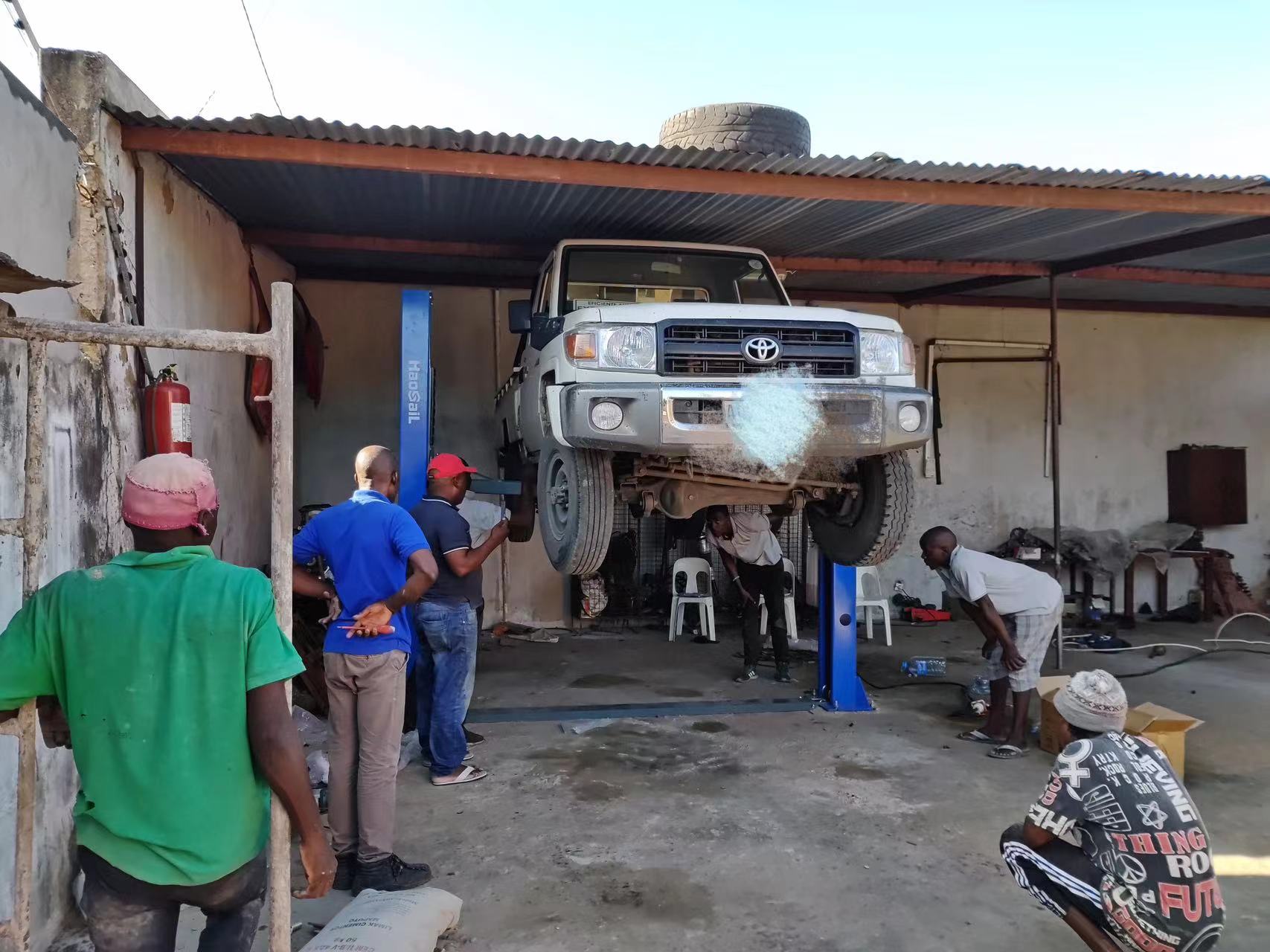
Scissor lifts feature an ultra-thin flat plate structure. 1. They are convenient for tire removal and chassis inspection. 2. The starting height is 105mm, and some types may require a trench for installation. 3. They have hydraulic interlock safety and anti-burst device, ensuring smooth and reliable operation with good synchronization. When these small scissor lifts first appeared, although the structure was simple and space-saving, the safety risk was high, requiring them to achieve synchronous lifting. However, with technological development, small scissor lifts are designed specifically for quick repair shops and car beauty departments, with a hidden ground design that does not occupy space and is easy to use. Mother-daughter large scissor lifts: 1. Luxury type scissor wide flat plate structure with superior synchronization performance. 2. The level can be precisely adjusted to fully meet the requirements of four-wheel alignment. 3. Hydraulic, electrical, and pneumatic components ensure stable and reliable operation. 4. Pneumatic double-tooth self-locking and anti-burst structure, automatically opens when descending, ensuring safety. 5. Ingenious and unique sliding system, compact platform, can also be installed without a pit. 6. Equipped with a secondary trolley guide rail, optional secondary lifting trolley. 7. Front wheel turning disc (optional) position adjustable, suitable for various models.
Clear floor car lifts have the advantage of low purchase cost and strong versatility. Lifts have made great contributions to the automotive maintenance industry, facilitating repairs and allowing height adjustments through control, reducing safety hazards with development. With technological advancement, there are many brands and types of lifts, with prices often varying. Chinese lifts are generally cheaper than foreign ones, but in terms of structure and manufacturing, they are similar. However, foreign R&D started earlier, so the quality is not the same. But with the development of technology, Chinese lifts are still quite good, with a high cost-performance ratio.
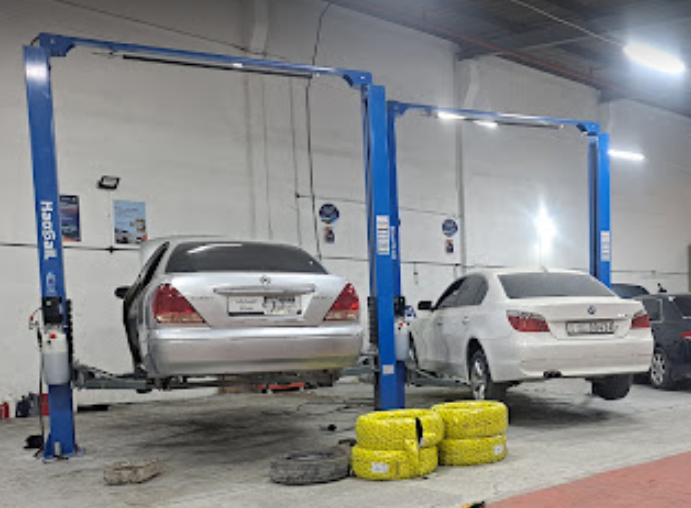
With the development of the automotive industry, lifts have become a must-have piece of automotive maintenance equipment in repair shops and 4S stores